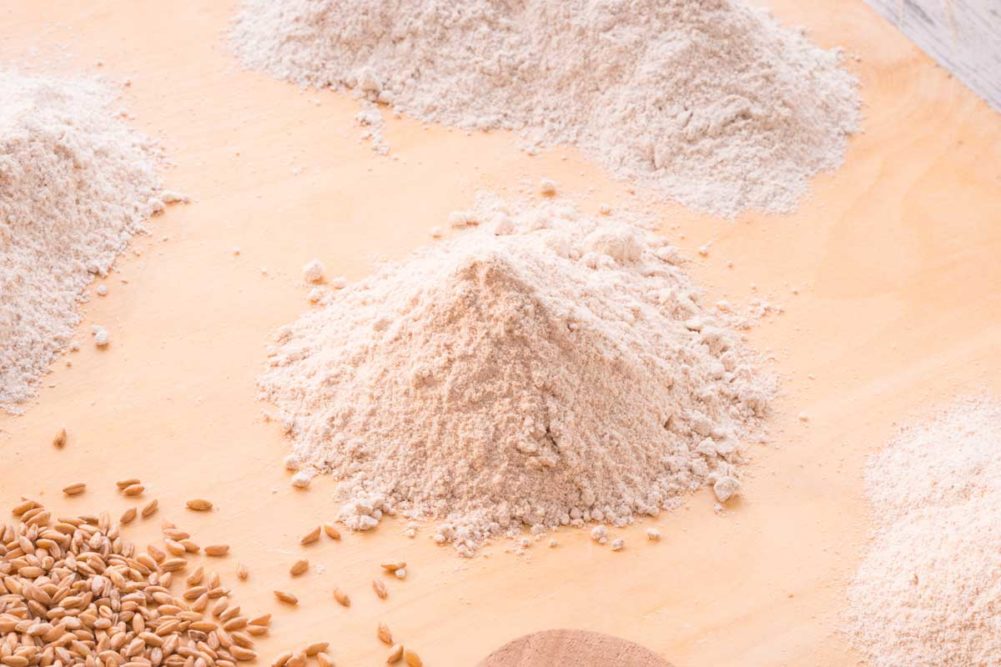Heirloom and ancient grains don’t have formal recognized definitions and often may confuse consumers.
“They can be similar, but we tend to think of ancient grains as originating in indigenous cultures around the world, such as teff from Ethiopia, millet from Africa, buckwheat from Asia, quinoa from Peru and spelt from Europe,” said Joni Huffman, senior vice president of sales and marketing, Healthy Food Ingredients.
“Heirloom grains more typically describe varieties that were brought by immigrants to the New World, such as turkey red wheat from the Ukraine, blue emmer from Ethiopia and Khorasan wheat from Egypt,” she continued. “Heirloom grains have amazing flavors and using them tends to support farmers who are interested in pursuing agricultural diversity and making sure these seed varieties are not lost forever.”
Many ancient grains are heirloom grains when they come from plants that have been carefully grown from the exact same seed line for hundreds of years. They have not been genetically modified or altered in any way and are considered valuable for reasons ranging from flavor and nutrition to hardiness and adaptability.
“There is no scientific definition nor regulatory standard to define them,” said Angela Ichwan, senior director technical lead, The Annex by Ardent Mills. “They have gained popularity in local food movements due to perceived improved nutritional and flavor profiles. As consumers are demanding more diversity in their diets, farmers and other agricultural stakeholders are working together to increase the accessibility and sustainability of these grains.”
[Related reading: The benefits heirloom grains deliver to baked foods]
These grains can also add a sense of authenticity to a finished product as well as call to the trends of sustainability. Heirloom grains provide their own story to a formulation that bakers can tap into for their finished product. And this is in addition to the nutrition and texture these grains contribute.
“Heirloom grains, in combination with other whole grains or separately, bring variety to someone looking to add more protein, fiber, antioxidants, and trace vitamins to their diets; play into plant-forward trends; and contribute a healthful halo,” said Don Trouba, senior director, go-to market at The Annex by Ardent Mills.
Many heirloom grains are gluten- and allergen-free. They are whole food ingredients that provide visual interest and wholesome identity cues.
“We recommend brands highlight the closer-to-nature appeal of heirloom grain ingredients to bolster consumer interest in their products,” said Paula Labine, marketing director, baking, milling and starch, ADM. “Many are drought-resistant and sustainably grown, enabling consumers to make purchases that better align with their values.”
Heirloom grains are available in everything from flours to coarse seeds. Depending on the application, usage levels typically range from 5 to 30%, said Matt Keyser, Northeast sales manager, Brolite Products.
This article is an excerpt from the December 2020 issue of Baking & Snack. To read the entire feature on heirloom grains, click here.






